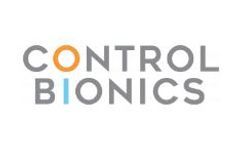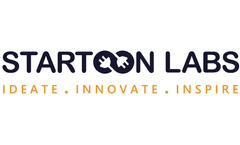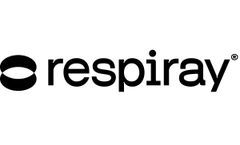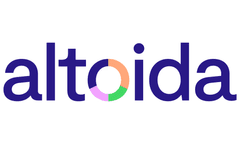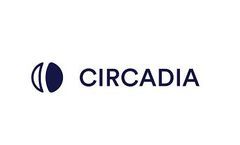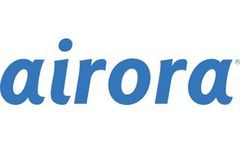Refine by
Wearable Device Articles & Analysis
23 articles found
Whether managing chronic conditions, receiving post-operative care, or utilizing wearable medical devices, patients and providers alike demand medical components that are safe, reliable, and effective in non-clinical settings. ...
The Niti Hypotube, a specific variant, is widely used in medical devices due to its biocompatibility and resistance to fatigue. Applications of Nitinol Tube: Medical Devices: Nitinol tubing is extensively used in stents, guidewires, and catheters. ...
The sleep apnea device market has undergone rapid transformation, driven by growing awareness about the consequences associated with disruptive or poor sleep conditions. Sleep apnea is a severe sleeping disorder in which a person experiences interruptive breathing or loud snoring. Long-term untreated or undiagnosed sleep apnea can cause several health problems, such as daytime sleepiness, ...
According to a recent study, remote patient monitoring systems can reduce hospitalization rates by 25% and emergency room visits by 19% while reducing healthcare costs by an average of $1,500 per patient per year. With the rise of wearable devices and mobile applications that can monitor vital signs and health data, RPM technology is expected to continue ...
As EMG sensors are gaining popularity in the medical device industry, various companies have created and offer their own versions of this assistive technology. ...
Pheezee Pheezee is a pocket size wearable device by startoon labs that can be worn by the patient while doing physiotherapy sessions. The device gives a real time biofeedback of range of motion and electromyogram (EMG) of the recruited muscle. The device connects wirelessly to an android phone/tablet to display reports. ...
As the Omicron wave finally subsides and coronavirus restrictions are lifted, more and more employers are beginning to bring their employees back to the office. For what seems like an eternity but is actually a little over two years, many people worldwide have been working remotely as office buildings, together with schools, were believed to be the prime places for the virus to spread. ...
The COVID-19 pandemic has catalyzed the implementation of decentralized clinical trials in neurology, bringing the immense benefits of clinical trials to light. This industry-wide push towards trial decentralization has emerged as a key element for improving clinical trial efficiency and improving the experience for patients and physicians. By utilizing digital technologies, such as wearables, ...
Wearable devices often use PPG or Photoplethysmography which is a type of heart rate monitor that uses optical technology. ...
BySky Labs
Complex investigational products and protocols: Oncology uses complex protocols that can require the use of: Biologics (e.g. immuno-oncology drugs) Precision medicine Specialty lab vendors for: PK, pathology, genetic testing/deep sequencing, etc. Personal devices and monitoring tools: ePRO (electronic patient reported outcome) Companion Diagnostics etc. ...
That has generally been driven by the evolution of smartphones, smartwatches and even smaller wearable devices such as smart rings. PPG is most commonly used in pulse oximetry in clinical settings for measuring oxygen saturation but as the technology becomes more readily available, and inexpensive, the integration into portable devices has risen ...
BySky Labs
Defining a Wearable Smart Device In recent years, different kinds of wearable smart devices have been developed for a more convenient user experience. ...
BySky Labs
October 6, 2021—Surendra Shenoy, MD, presented findings from a first-in-human (FIH) evaluation of the Amplifi vein dilation system (Artio Medical, Inc.), which is a small, wearable blood pump device that dilates arm veins before arteriovenous fistula (AVF) creation. ...
A medical trend that is likely to experience growth from 2020 to 2027 is wearable devices in the healthcare industry and the move to digitize processes for medical professionals. ...
Patients can reduce stress using AI-enhanced devices. They can literally rest easier when they know that there’s someone watching out for them. ...
Abstract—The current study aims to evaluate the performance of the Circadia Sleep Analysis Algorithm, which - in combination with the non-contact and minimally invasive Circadia bedside monitor - allows for long-term sleep assessment and continuous evaluation of sleep therapy outcomes. The Circadia Contactless Respiratory Monitor was initially used to record 17 nights of sleep data from 9 ...
Gresham et al. evaluated the feasibility of using activity data from FitBit Charge HR® wearable devices as a surrogate for PS in 37 patients with cancer, 92% of whom had stage IV disease [42]. ...
The team behind Airora will soon be launching a personal wearable air purifier device, which can be worn during your commute, travel, or in public spaces. ...
Power quality also guarantees the processing of data from wearables and diagnostic devices used by thousands of patients to manage their conditions. ...
This study investigated the ability of a new wearable device to capture reach-to-grasp repetitions in individuals with stroke. ...





